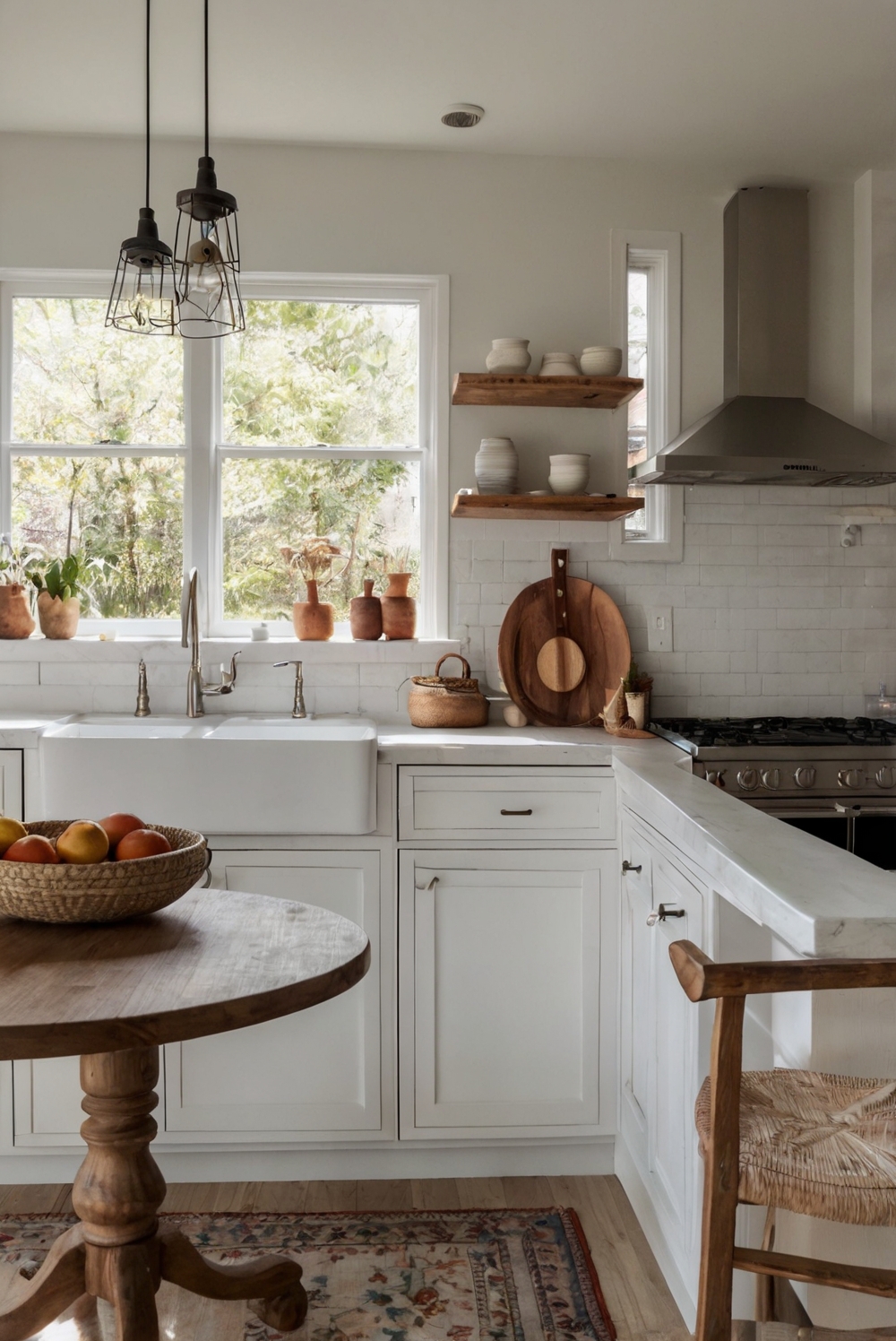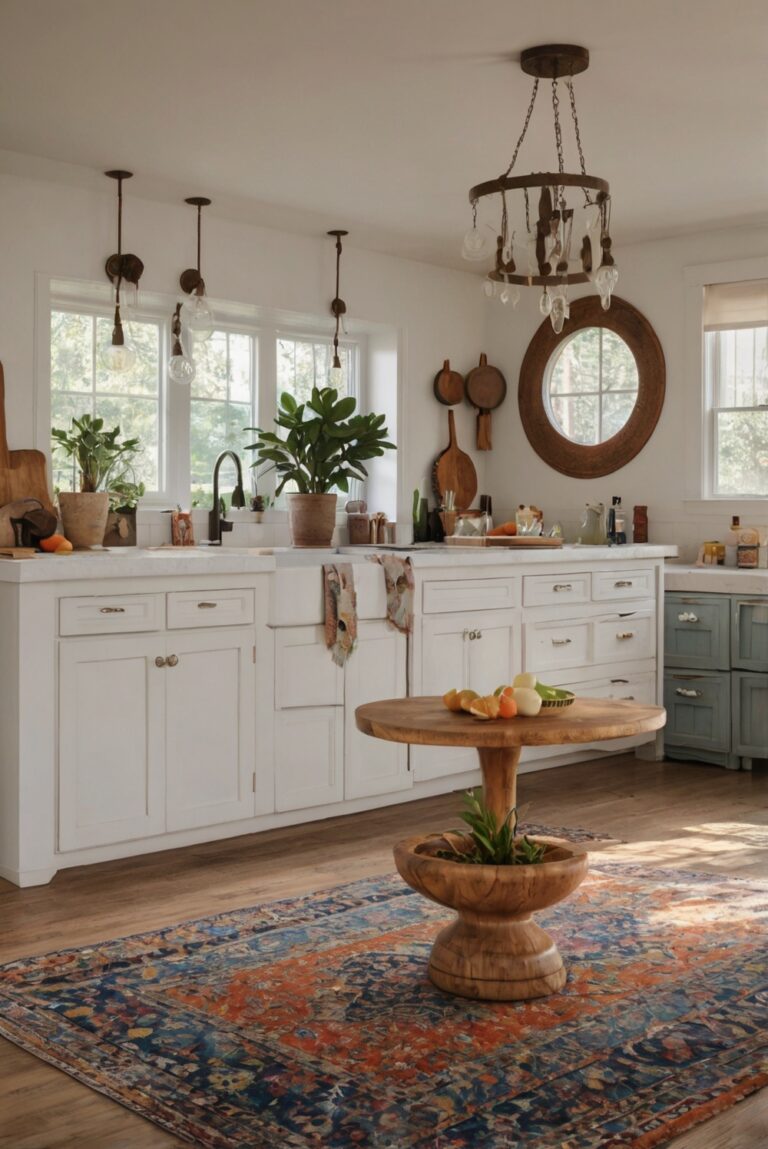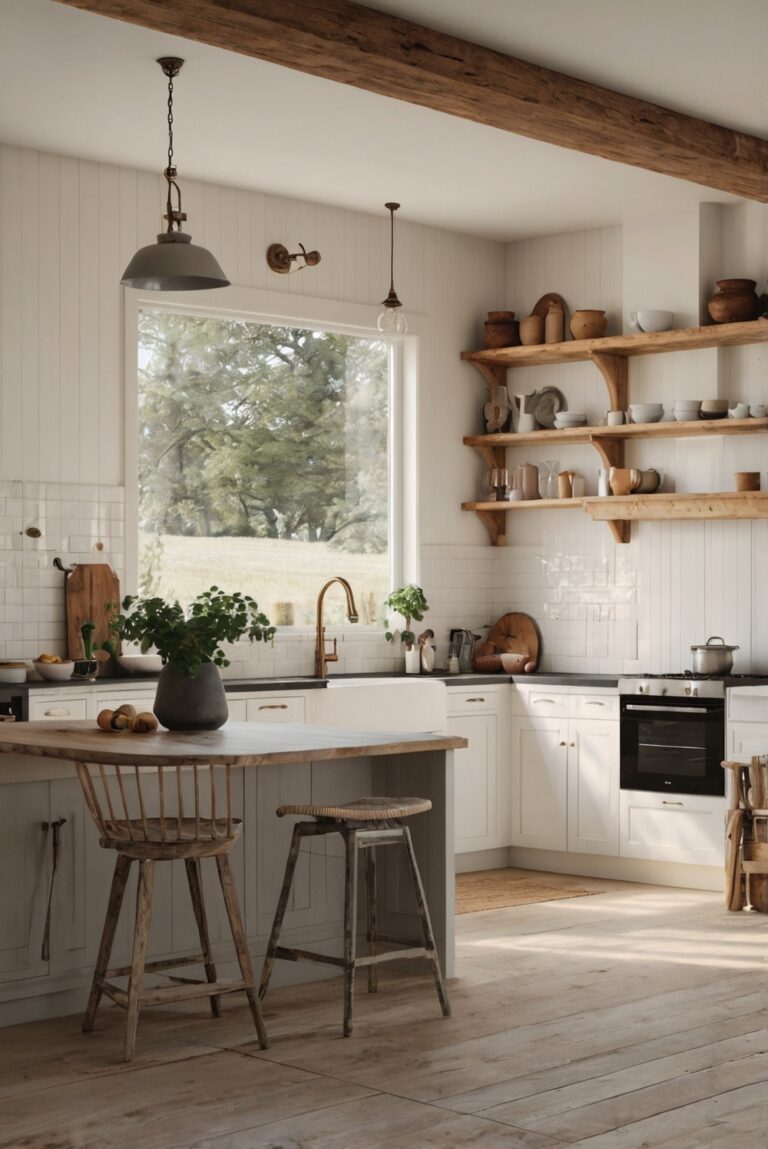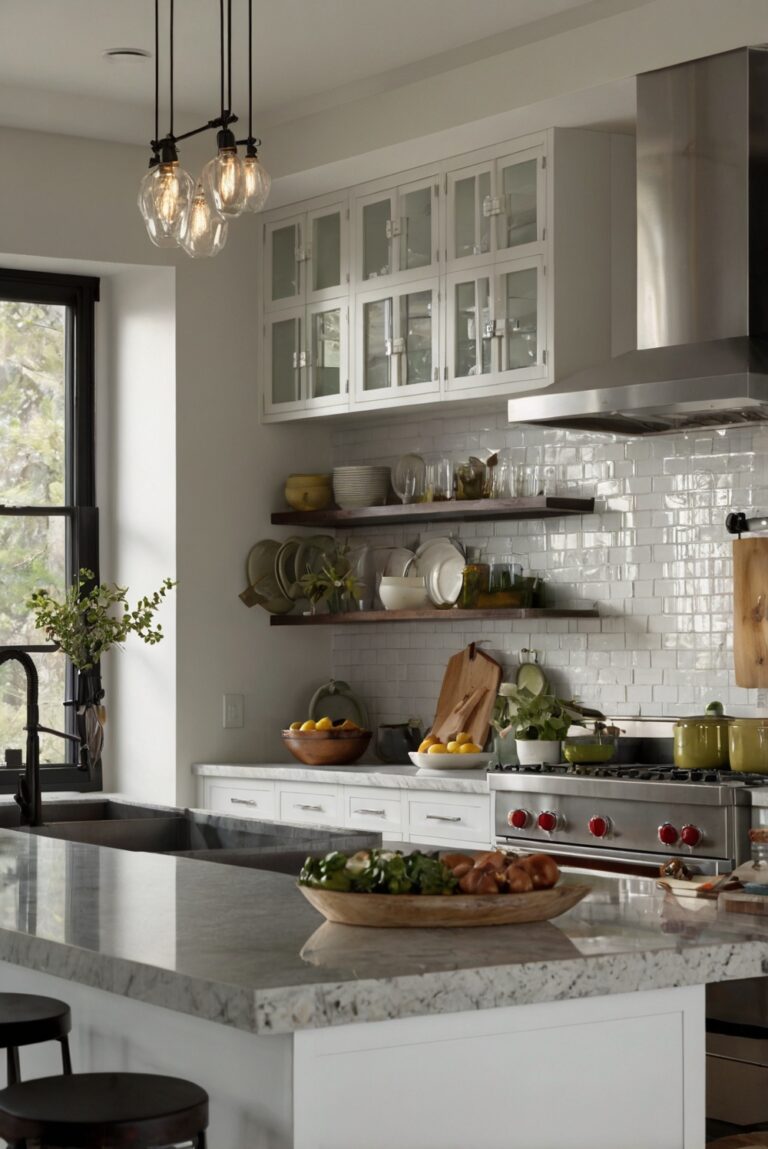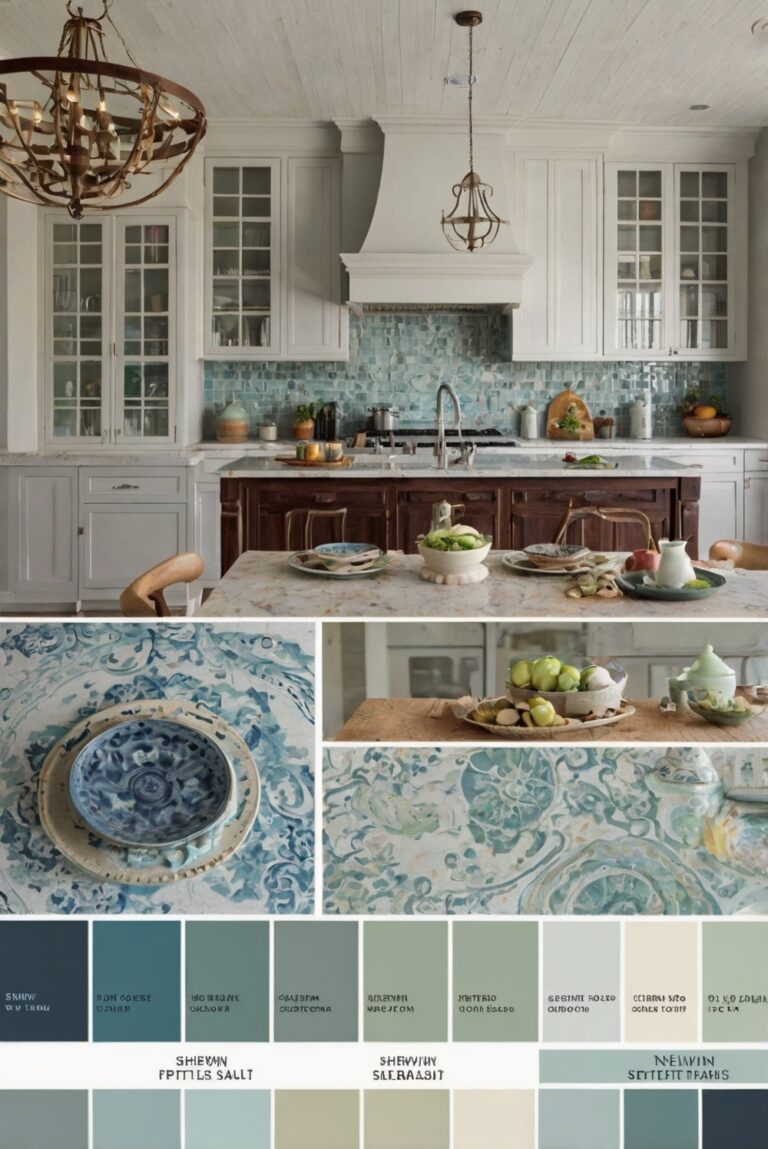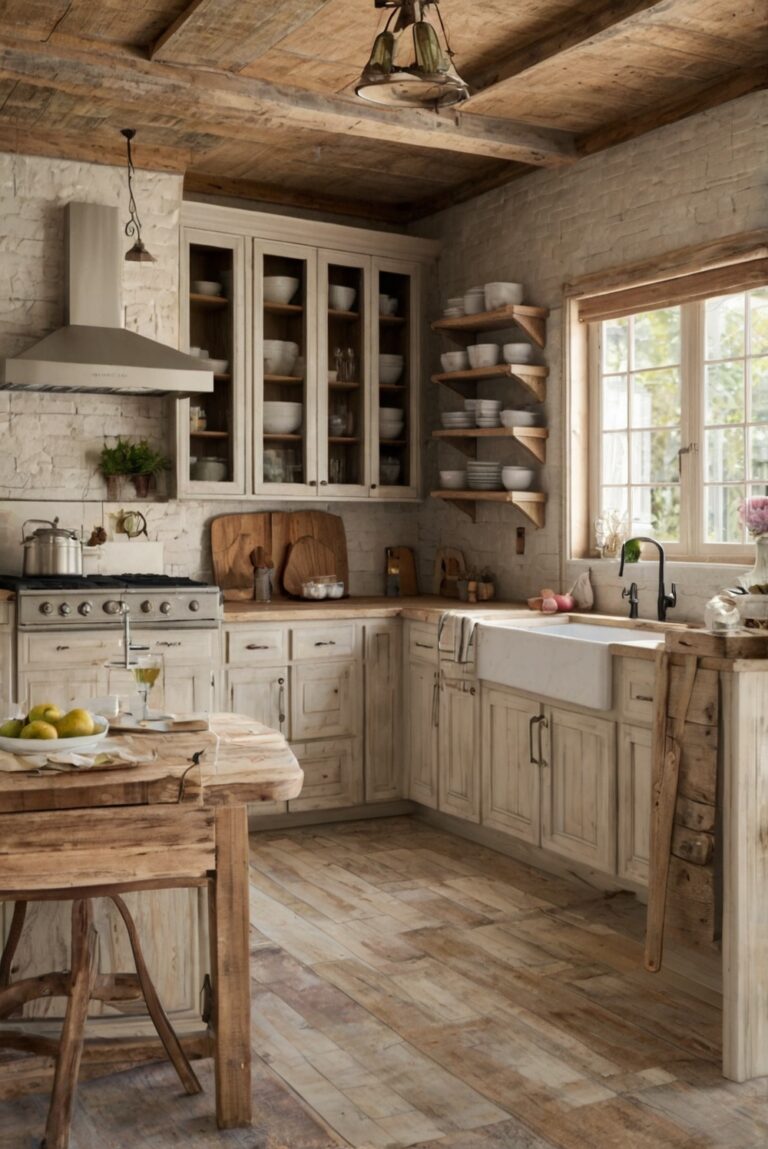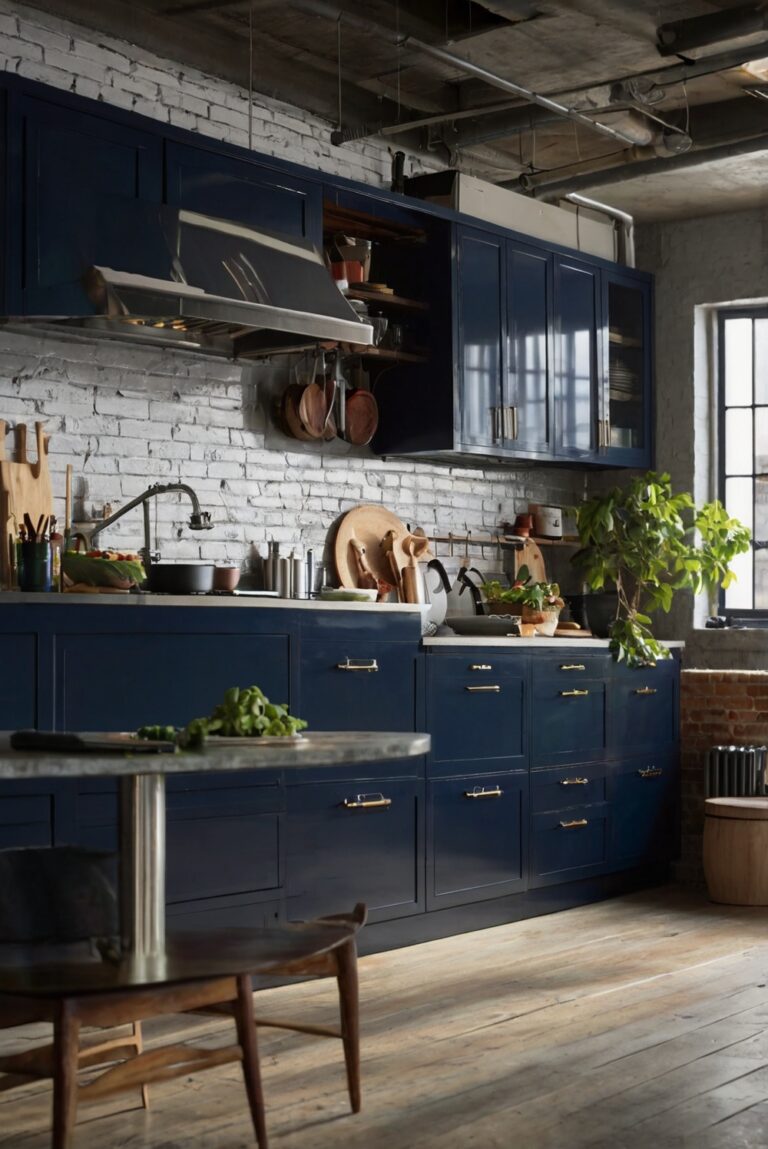How to choose the perfect marble tiles for your kitchen floor?
Explore the ultimate guide on selecting the ideal marble tiles for your kitchen floor. Discover expert tips and tricks to elevate your interior design with luxurious and durable flooring.
Choosing the perfect marble tiles for your kitchen floor involves considering several factors. First, determine the color and style that will complement your home decor interior design. Then, assess the durability and maintenance requirements of the marble tiles. Select a finish that suits your needs – high-gloss for a polished look or honed for a more natural appearance. Consider the size and shape of the tiles as well as the pattern you prefer.
When working with marble tiles, proper care and maintenance are crucial. Regularly seal the tiles to protect them from stains and moisture. Use a primer paint for walls that is suitable for use on marble to ensure proper adhesion.
When selecting paint colors for the walls, choose hues that complement the marble tiles for a cohesive look. Pay close attention to color matching painting techniques to create harmonious spaces.
By following these home decorating and interior design tips, you can create a stylish and functional kitchen that enhances the overall look of your home.
What to consider when choosing marble tiles for your kitchen floor?
When selecting marble tiles for your kitchen floor, there are several important factors to consider. Firstly, the durability of the marble is crucial. Since the kitchen is a high-traffic area prone to spills and stains, you need a marble tile that can withstand daily wear and tear. Look for marble tiles with a high hardness rating to ensure longevity.
Secondly, the appearance of the marble is also key. Consider the color, veining, and overall aesthetic of the marble tiles to ensure they complement your kitchen’s style and décor. Marble comes in a variety of shades and patterns, so choose one that enhances the look of your space.
Lastly, the size and shape of the marble tiles should be taken into account. Larger tiles can create a seamless look with fewer grout lines, while smaller tiles can add texture and visual interest. Consider the layout of your kitchen floor and choose the tile size that best suits the space.
What are the benefits of using marble tiles in your kitchen?
Marble tiles offer numerous benefits when used in a kitchen setting. Firstly, marble is a luxurious and elegant material that can instantly elevate the look of your kitchen. Its natural beauty and unique veining patterns add a touch of sophistication to any space.
Secondly, marble is heat-resistant, making it ideal for use in kitchens where hot pans and cooking appliances are frequently used. Unlike other materials, marble can withstand high temperatures without being damaged or discolored.
Additionally, marble is easy to clean and maintain, making it a practical choice for kitchen floors. Simply wipe up spills and messes with a damp cloth and mild detergent to keep your marble tiles looking pristine.
How to ensure the longevity of your marble kitchen floor?
To ensure the longevity of your marble kitchen floor, proper sealing is essential. Marble is a porous material that can easily absorb liquids and stains if not adequately sealed. Invest in a high-quality sealant and apply it regularly to protect your marble tiles.
Regular cleaning and maintenance are also crucial for preserving the beauty of your marble floor. Avoid using harsh chemicals or abrasive cleaners that can damage the marble. Instead, opt for gentle cleaning solutions and soft cloths to keep your floor looking its best.
Lastly, preventative measures can help extend the lifespan of your marble floor. Use protective mats under heavy furniture to prevent scratches, and avoid dropping heavy objects on the marble surface to prevent chips and cracks.
What are the different types of marble finishes available for kitchen floors?
When choosing marble tiles for your kitchen floor, you’ll encounter various finishes that can impact the overall look and feel of the space. Some common types of marble finishes include:
- Polished: A glossy finish that reflects light and creates a sleek, elegant look.
- Honed: A matte finish that offers a more natural and understated appearance.
- Tumbled: A textured finish with a slightly rough surface that adds warmth and character to the floor.
- Brushed: A finish that creates a subtle texture by brushing the surface of the marble tiles.
What are some popular marble tile patterns for kitchen floors?
When it comes to choosing marble tile patterns for your kitchen floor, there are several popular options to consider. Some of the most common patterns include:
- Herringbone: A classic pattern that creates a zigzag design and adds visual interest to the floor.
- Subway: A timeless pattern that features rectangular tiles laid in a staggered layout.
- Checkerboard: An eye-catching pattern that alternates between light and dark marble tiles for a bold look.
- Basketweave: A intricate pattern that interlocks rectangular and square tiles to create a woven effect.
### H2: What factors should I consider when choosing marble tiles for my kitchen floor?
When selecting marble tiles for your kitchen floor, there are several factors to consider. Firstly, consider the color and veining of the marble to ensure it complements your kitchen’s design. Secondly, assess the durability of the marble as it needs to withstand high traffic and potential spills in the kitchen. Additionally, consider the finish of the marble tiles – polished marble can be slippery, while honed marble offers better traction. Lastly, factor in the maintenance requirements of the marble tiles, as some varieties may require more frequent sealing and cleaning to retain their beauty.
### H3: How do I determine the right size and shape of marble tiles for my kitchen floor?
The size and shape of marble tiles can significantly impact the overall look of your kitchen floor. Larger tiles can create a more seamless appearance with fewer grout lines, while smaller tiles can add texture and visual interest. Consider the size of your kitchen and the layout of your cabinets when choosing the size of the marble tiles. Additionally, rectangular tiles can elongate a space, while square tiles can create a classic look. Experiment with different sizes and layouts to determine the right size and shape that best suits your kitchen floor design.

